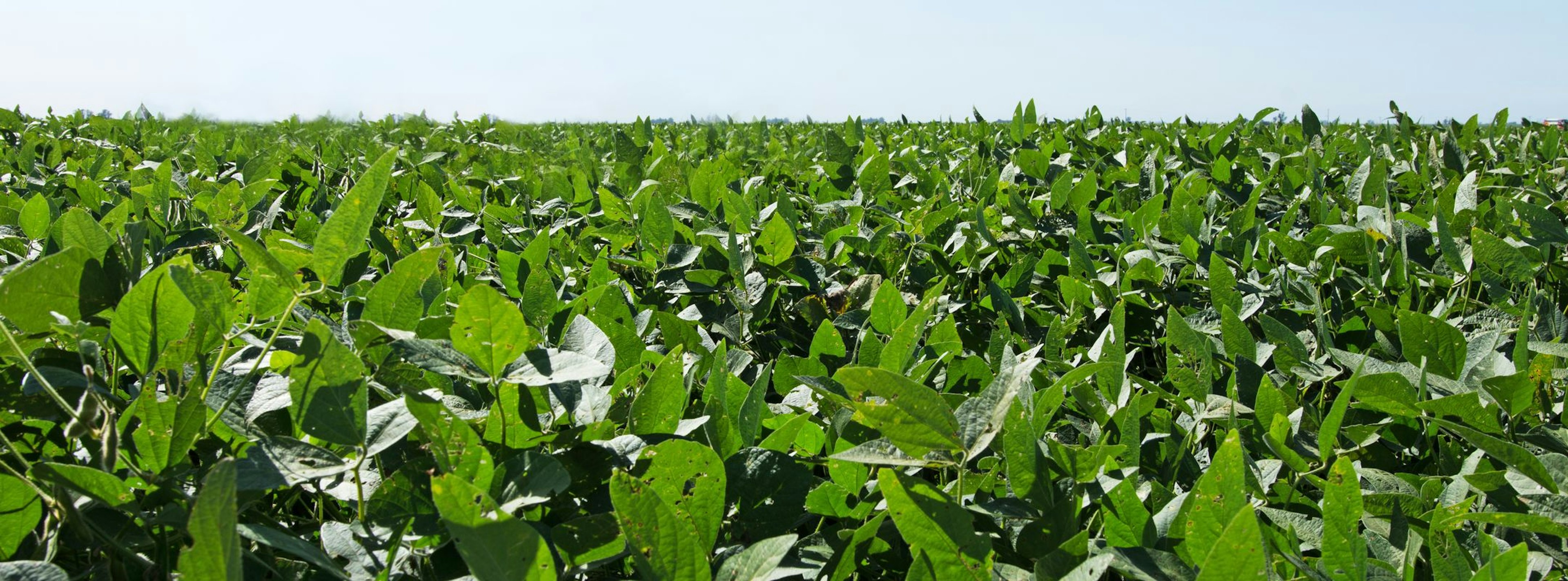Focus on deforestation obscures wider risks to biodiversity
3 May 2023
4 min read
Policymakers and businesses should develop new biodiversity risk indicators to better protect nature from the expansion of agricultural commodity production, Trase research finds.

A soy plantation in Santa Fe province, Argentina (Jopstock/Adobe Stock)